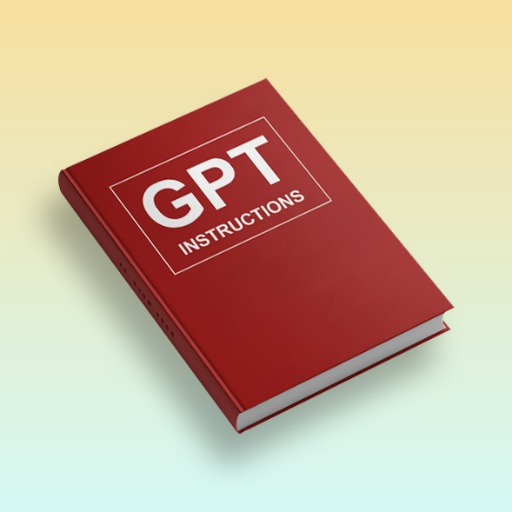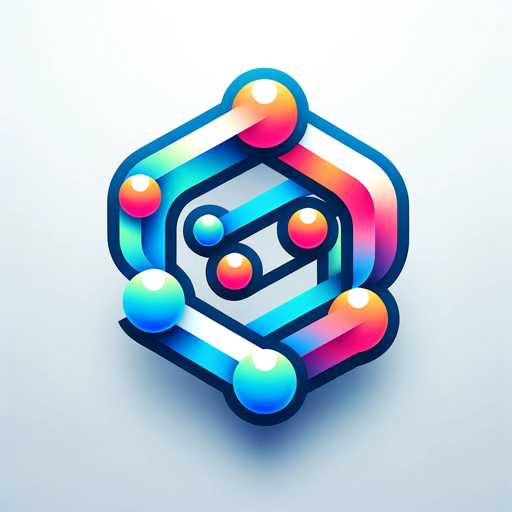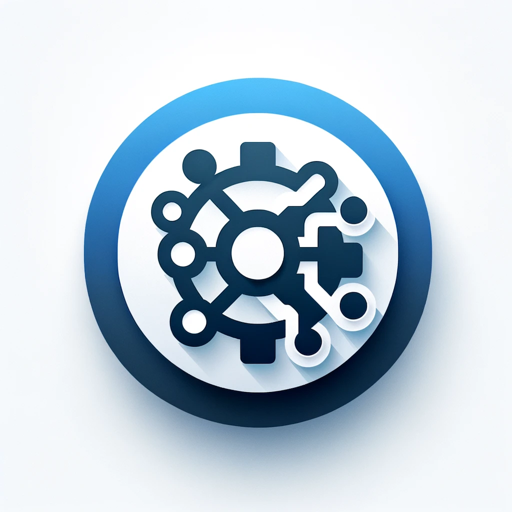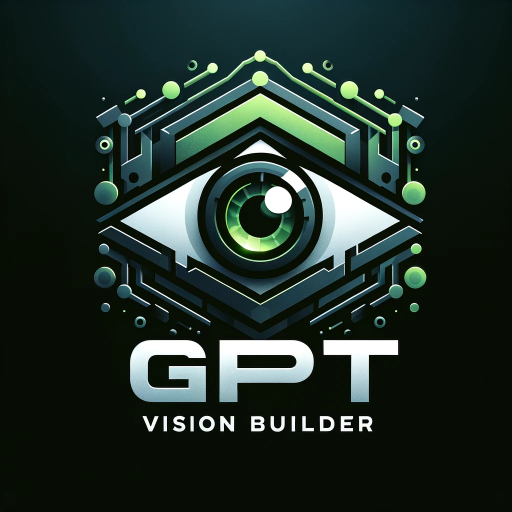GPT Documentation Guide-AI-Powered Documentation Guide
AI-Powered Custom GPT Creation
How do I create a custom GPT?
What are the limitations of file uploads in GPTs?
Help me format my files into Knowledge Documents for my own GPT.
Teach me Prompt Engineering.
Related Tools
Load More
GPT Instruction Genius
[V4] Crafts detailed instructions from your ideas, to create GPTs that provide structured and consistent outputs. Tip: Write '/changelog' to see the latest changes!

Instruction Creator
Custom GPT instruction creation guide. Copyright (C) 2024, Sourceduty - All Rights Reserved.

GPT Instruction Builder
Write your GPT instructions, context, persona, constraints. The more detailed the better.

GPTGPT
A GPT that helps you create GPTs.

GPT API Advisor
Helpful guide for GPT API integration and usage with GitHub integration

DevOps GPT
DevOps tips, examples, and quiz Q&A
20.0 / 5 (200 votes)
Detailed Introduction to GPT Documentation Guide
The GPT Documentation Guide is designed to provide detailed guidance and assistance to users who are looking to create, customize, and effectively utilize GPT models, particularly within the OpenAI ecosystem. It functions as a specialized tool, leveraging both official OpenAI documentation and community insights to offer a comprehensive resource. The primary purpose of the GPT Documentation Guide is to act as a bridge between users and the vast, sometimes complex, information available about GPT customization. For example, if a user is developing a custom GPT for handling customer support inquiries, the Guide can provide specific advice on integrating necessary actions, setting up appropriate prompts, and ensuring that the model adheres to company policies. By offering detailed responses, the GPT Documentation Guide helps users understand not just what to do, but why certain practices are recommended, thereby facilitating better decision-making in GPT development.

Main Functions of GPT Documentation Guide
Comprehensive Documentation Assistance
Example
When a user is unsure about the steps to create a custom GPT, the Guide can walk them through the process, from configuring initial settings to publishing the GPT.
Scenario
A user new to GPT development wants to create a personalized assistant to help with legal research. The Guide provides detailed instructions on uploading relevant legal documents, setting up query parameters, and testing the GPT to ensure it delivers accurate results.
Prompt Engineering Support
Example
The Guide assists in crafting effective prompts by offering strategies such as using delimiters for clarity or specifying output formats.
Scenario
A developer is creating a GPT to help generate marketing copy. The Guide helps them refine prompts to ensure the output matches the desired tone and length, improving the overall quality of the generated content.
Integration and Action Configuration
Example
The Guide explains how to integrate third-party APIs with GPTs through custom actions, such as connecting a database or automating email responses.
Scenario
An enterprise user needs a GPT that can automatically retrieve and summarize sales data from a CRM system. The Guide provides step-by-step instructions on setting up the necessary actions and configuring the GPT to interact seamlessly with the CRM API.
Ideal Users of GPT Documentation Guide
Developers and Technical Professionals
This group benefits from the Guide’s in-depth technical advice, particularly when integrating custom actions or APIs into their GPTs. The Guide provides the detailed, step-by-step instructions necessary for these users to implement complex functionalities.
Business Users and Project Managers
These users find the Guide valuable for its ability to translate technical requirements into actionable steps. The Guide helps them oversee GPT development projects, ensuring that the final product aligns with business objectives and is user-friendly.

How to Use GPT Documentation Guide
Visit aichatonline.org for a free trial without login, also no need for ChatGPT Plus.
Access the GPT Documentation Guide directly by visiting the specified website. This service provides a free trial with no requirement for logging in or having a ChatGPT Plus subscription.
Understand the Prerequisites
Ensure you have a clear understanding of what GPTs are and their potential applications. Familiarize yourself with the types of documents and files you can upload, as well as the basic functionalities of the GPT Documentation Guide.
Explore Common Use Cases
Identify the specific tasks or problems you want to solve using the GPT Documentation Guide. Common use cases include creating custom GPTs for educational purposes, technical support, or personal productivity.
Optimize Your Experience
To get the best results, provide clear and detailed instructions when creating or customizing a GPT. Utilize available tools and features such as file uploads, knowledge integration, and action configurations to enhance your GPT's capabilities.
Leverage Tips for Optimal Use
Experiment with different settings and configurations to see what works best for your specific needs. Use the guide's resources to troubleshoot issues, and don't hesitate to seek support from community forums or official documentation if needed.
Try other advanced and practical GPTs
BioChem Research GPT
AI-powered insights for biochemistry research

CineMate
Discover Movies with AI Power

Samantha from HER
AI-powered conversations that connect deeply.

Carbon Footprint Calculator
AI-Powered Carbon Footprint Analysis

StableDiffusion Prompt Generator (by Rendernet.ai)
AI-powered prompts for stunning visuals

GPT Vision Builder
AI-powered UI design and development

Comic maker
AI-powered custom comic creation tool.

Email Enhancer
Elevate your email communication with AI-driven enhancements.

Interview Assistant
AI-powered tool for tailored interviews

STEM-GPT | Enhanced Tutor |
AI-powered solutions for STEM success.

Bash Scripting
Automate tasks with AI-powered Bash scripts

GptCode
AI-Powered Coding Solutions

- Academic Writing
- Creative Projects
- Language Learning
- Technical Support
- Personal Productivity
Frequently Asked Questions about GPT Documentation Guide
What is GPT Documentation Guide?
The GPT Documentation Guide is a resource designed to assist users in creating, customizing, and utilizing GPTs (custom versions of ChatGPT) for various tasks and applications. It combines official OpenAI documentation with practical community insights.
How can I start using the GPT Documentation Guide?
You can start using the GPT Documentation Guide by visiting aichatonline.org, where you can access a free trial without needing to log in or have a ChatGPT Plus subscription. From there, you can explore various features and tools.
What are some common use cases for GPTs?
Common use cases for GPTs include academic writing, technical support, language learning, personal productivity, and creative projects. They can be tailored to specific needs by combining instructions, knowledge, and capabilities.
What are the prerequisites for using the GPT Documentation Guide?
Before using the GPT Documentation Guide, ensure you have a basic understanding of GPTs and their functionalities. Familiarize yourself with the types of documents and files you can upload and how to provide detailed instructions for customization.
What tips can help me get the best results from the GPT Documentation Guide?
To achieve the best results, provide clear and detailed instructions, use available tools and features like file uploads and knowledge integration, and experiment with different configurations. Additionally, refer to community forums and official documentation for troubleshooting and advanced tips.